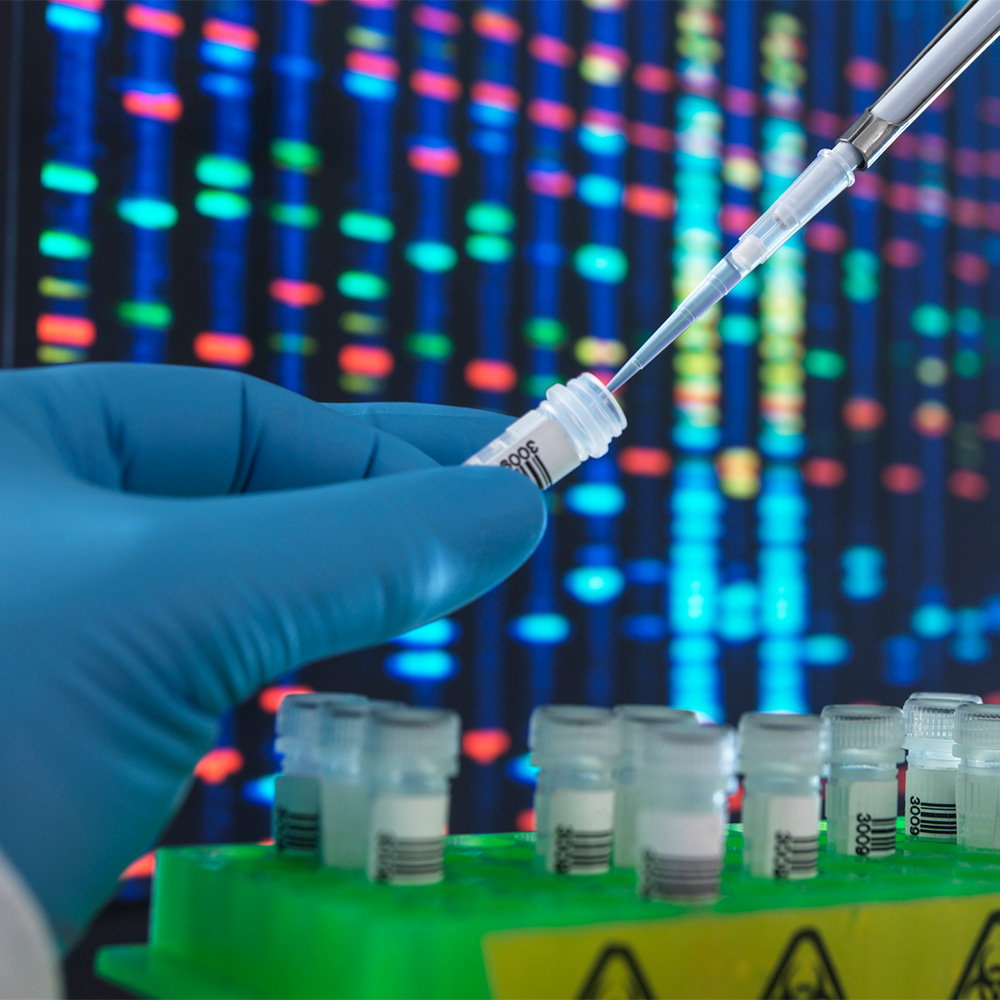Touchstone Center investigation provides insight into glucagon's role in diabetic heart disease

DALLAS – Feb. 21, 2018 – A UT Southwestern study reveals the hormone glucagon’s importance to the development of insulin resistance and cardiac dysfunction during Type 2 diabetes, presenting opportunities to develop new therapies for diabetic diseases of the heart muscle.
These findings, from the Touchstone Center for Diabetes Research, may advance understanding of how diabetes drugs benefit heart function, especially considering cardiovascular disease is the leading cause of death in diabetics.
“This investigation found that inhibiting glucagon action has potent anti-diabetic effects. This treatment reduces the potent negative effects that fats have on tissues,” said Dr. Philipp Scherer, Director of the Touchstone Center and Professor of Internal Medicine and Cell Biology at UT Southwestern, which is recognizing its 75th anniversary this year.
The study, published in Cell Reports, builds on decades of discoveries at the Touchstone Center, first directed by Dr. Roger Unger, Professor of Internal Medicine and holder of the Touchstone/West Distinguished Chair in Diabetes Research.
“Dr. Unger’s work established an important role for glucagon as a driving force for hyperglycemia, or excess glucose in the bloodstream, during the onset of diabetes. Our studies suggest that glucagon also contributes to cardiac dysfunction by altering lipid utilization in the heart,” said Dr. William Holland, former Assistant Professor of Internal Medicine who completed and published the work while a member of the Touchstone Center. “By blocking glucagon action [in mice], we revealed unexpected effects of glucagon, most notably on glucose uptake into skeletal and cardiac muscle.”
Dr. Unger first identified glucagon as a pancreatic hormone that raises blood sugar levels, having the opposite effect of insulin. He received the 2014 Rolf Luft Award from the Karolinska Institutet for that finding. A UTSW faculty member since 1956 and Director of the Touchstone Center from 1986 to 2007, Dr. Unger developed a test in the mid-1950s to measure concentrations of glucagon.

The Centers for Disease Control and Prevention (CDC) estimated that about 30.3 million people – or 9.4 percent of the U.S. population – had diabetes in the latest reported year, 2015. That included 7.2 million undiagnosed or unreported adult cases. That same year, diabetes was the seventh-leading cause of death in the U.S., with more than 79,500 fatalities.
The latest investigation tackled a conundrum in the field of diabetes research. Glucagon-containing agonists have been studied as a diabetes treatment in animal models, as they enhance weight loss. Similarly, weight loss also is seen by blocking glucagon action. The UTSW study in mice suggests that this discrepancy can be mediated by access to the brain. The study’s drug still allows high glucagon levels to get to the brain, which decreases appetite and weight gain.
Using Type 2 diabetic mice models, the researchers investigated the metabolic effects of the drug REMD 2.59, a human antibody and competitive glucagon receptor antagonist. The antibody improved glucose levels in the blood and enhanced insulin action in liver and skeletal muscle. Also, nondiabetic mice with cardiac-specific challenges showed improvements in contractile function with REMD 2.59 treatment.
“Particularly exciting is that diabetes-related cardiomyopathy – diseases of heart muscle – dramatically declined,” said author Dr. Zhao Wang, Assistant Professor of Internal Medicine in the Division of Cardiology. “Since more than two out of every three diabetic patients develop heart failure, these findings shed new light on glucagon-based therapies and may set the stage for using glucagon blockers to treat diabetes, diabetic cardiomyopathy, and potentially other forms of heart disease.”
The study showed that elevated glucagon levels promote the accumulation of harmful bioactive lipids, which in turn stunt insulin signaling and decrease ventricular function, added co-first author Ankit Sharma, a Research Technician II in the Touchstone Center.
Future studies will be needed to investigate whether the demonstrated anti-lipotoxic effects in different tissues translate into the clinical setting, while the functional improvements in the heart need further definition, said Dr. Scherer, who has directed the Touchstone Center for more than a decade and holds the Gifford O. Touchstone, Jr. and Randolph G. Touchstone Distinguished Chair in Diabetes Research.
Dr. Young Lee, Assistant Professor of Internal Medicine, and Research Technician II Ezekiel Quitner-Strom also served as first authors of the Cell Reports paper. Other faculty authors are Dr. May-Yun Wang and Dr. Ruth Gordillo, both Assistant Professors of Internal Medicine and from the Touchstone Center, as well as Dr. Jeffrey McDonald, Associate Professor in the Center for Human Nutrition and of Molecular Genetics. Scientists from the Cardiovascular Research Laboratory in Baltimore and from REMD Biotherapeutics in California also took part in the investigation, which received individual support at UTSW from the National Institutes of Health, a VA Merit Grant, and the American Heart Association.
About UT Southwestern Medical Center
UT Southwestern, one of the premier academic medical centers in the nation, integrates pioneering biomedical research with exceptional clinical care and education. The institution’s faculty has received six Nobel Prizes, and includes 22 members of the National Academy of Sciences, 17 members of the National Academy of Medicine, and 14 Howard Hughes Medical Institute Investigators. The faculty of more than 2,700 is responsible for groundbreaking medical advances and is committed to translating science-driven research quickly to new clinical treatments. UT Southwestern physicians provide care in about 80 specialties to more than 100,000 hospitalized patients, 600,000 emergency room cases, and oversee approximately 2.2 million outpatient visits a year.




